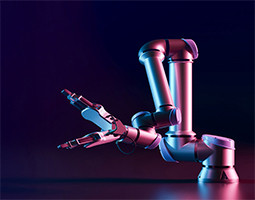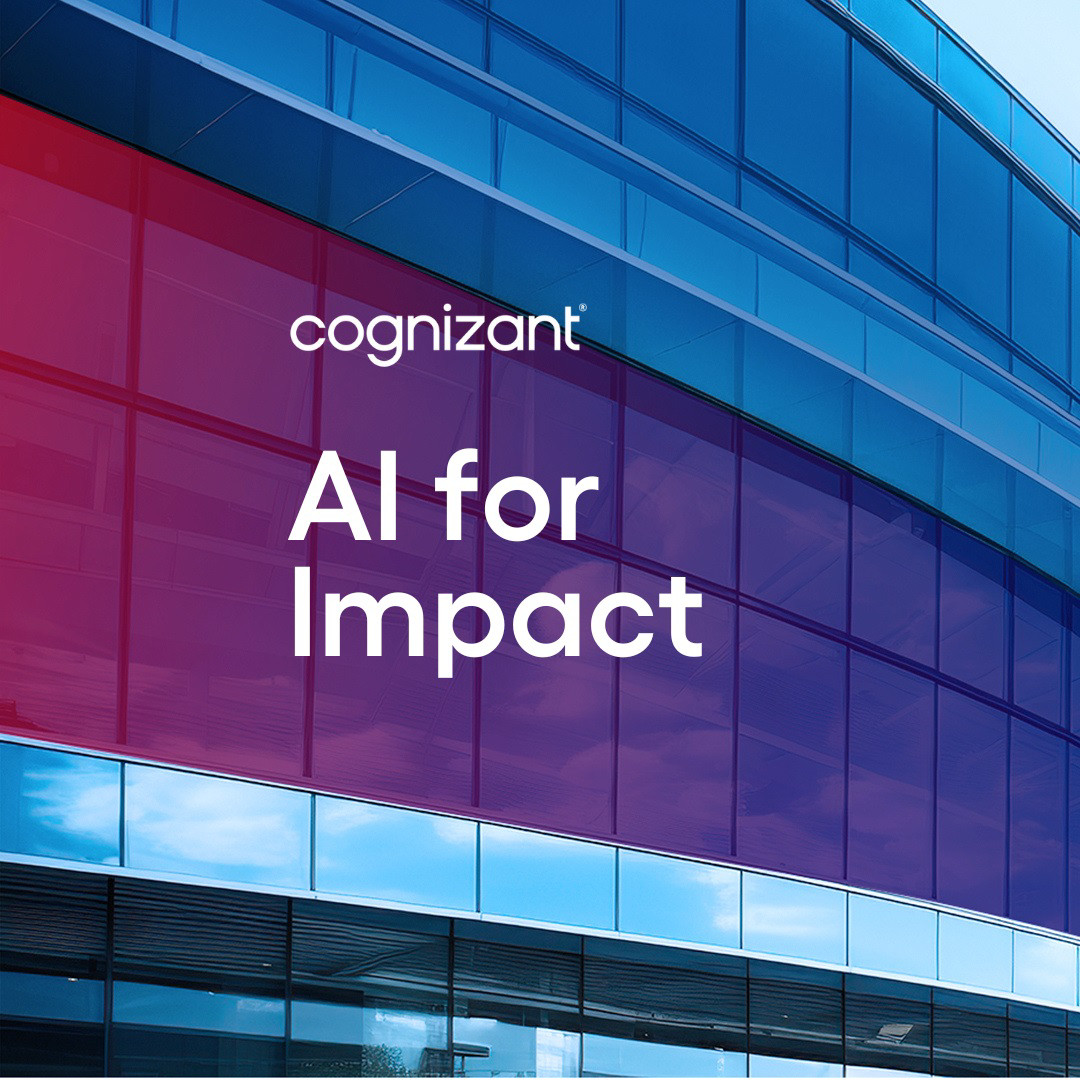One of the coding platforms used was Lovable, the world’s fastest growing startup and already used by nearly 30 percent of the Fortune 1000 companies. The platform empowers everyone to build products through prompting, without coding knowledge. By collapsing the silos of different business teams, the platform allows product cycles to be cut from months to days.
New tech roles emerge
What happens to developers then? This democratization of coding doesn’t replace developers according to Lovable; it elevates the role as developers can move from line-by-line coding to higher-order problem solving.
At Cognizant, it’s also obvious that AI accelerates transition into new tech roles: from front-end and back-end developers to full-stack engineer, from application and software testers to software development engineer in test, and from operations and support engineers to site reliability engineers. The common thread is that AI is no longer just a tool; it’s becoming a partner.
Bridging innovation/scalability gap
Boosting speed and creativity is one thing though. As AI adoption accelerates, the gap between innovation and scalability becomes increasingly evident. How do you bridge that gap? AI platforms, such as Cognizant Neuro for automating and optimizing business processes and Flowsource for streamlining software development with generative AI, can solve the last mile challenges of AI scaling.
Platform adoption has already realized strong results for our clients when it comes to modernization, innovation and optimization. Typical benefits are 30–60 percent cost reduction for IT estate, 20–50 percent increase in developer productivity, and 15–30 percent IT staff rotation from run to innovate.
Utilizing nearshore pools
Effective engineering, however, combines technology acceleration with global talent. Nearshore solutions are rapidly growing in popularity for our European clients. The concept concentrates engineering talent in collaborative working spaces, allowing for highly effective co-creation of new digital products. From our nearby locations in Poland, Lithuania and Romania, around 7,000 employees serve some of the major brands operating in the region.
One of them is a leading banking vendor. It runs a long-term partnership with Cognizant to enhance operational efficiencies and drive greater levels of business effectiveness. Approaching modernization and AI through nearshore centers has required a goal-oriented approach combined with strong leadership. It’s a continuous journey, characterized by partnership and trust.
From LLM to SLM
A final word about AI’s transformative role in enterprises? Much of the conversation around AI has centered on large language models (LLM). Yet for many enterprise scenarios, small, domain-specific models (SLM) are emerging as the real game changers. They are faster to deploy, cheaper to run and easier to host securely within enterprise boundaries. Compare it to the cloud journey; the future will not be “either/or,” but a hybrid of LLMs and SLMs, orchestrated in a platform-centric approach.
To know more about our AI, digital engineering and near-shore offerings, visit our Engineering AI for Impact or contact Edwin Creyghton















